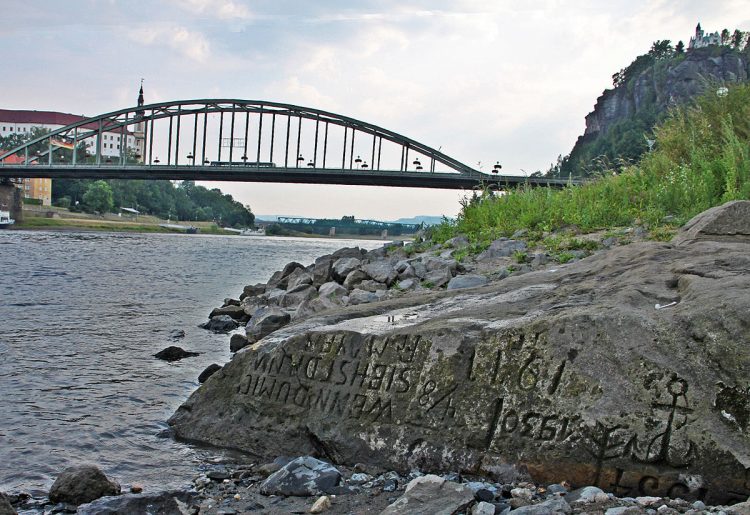Drought Reveals Medieval “Hunger Stones” in European Rivers

“When you see me, cry”. This is just one of the ominous messages carved into the medieval ‘hunger stones’ that have been revealed by sever drought in the Elbe River, near the northern Czech town of Decin. Hunger stones, or ‘hungersteine’ as the Germans call them, are carved boulders or river plates that only become […]
The Key Sculpture of Prague

Designed and built by Jili David, voted the most influential Czech artist of the last 20 years, this impressive work of art was unveiled on March 9, in the Franz Kafka Square of Prague. Made using 85,741 metal keys, the sculpture symbolizes the 20 years that have passed since the Velvet Revolution. Keys were picked […]
